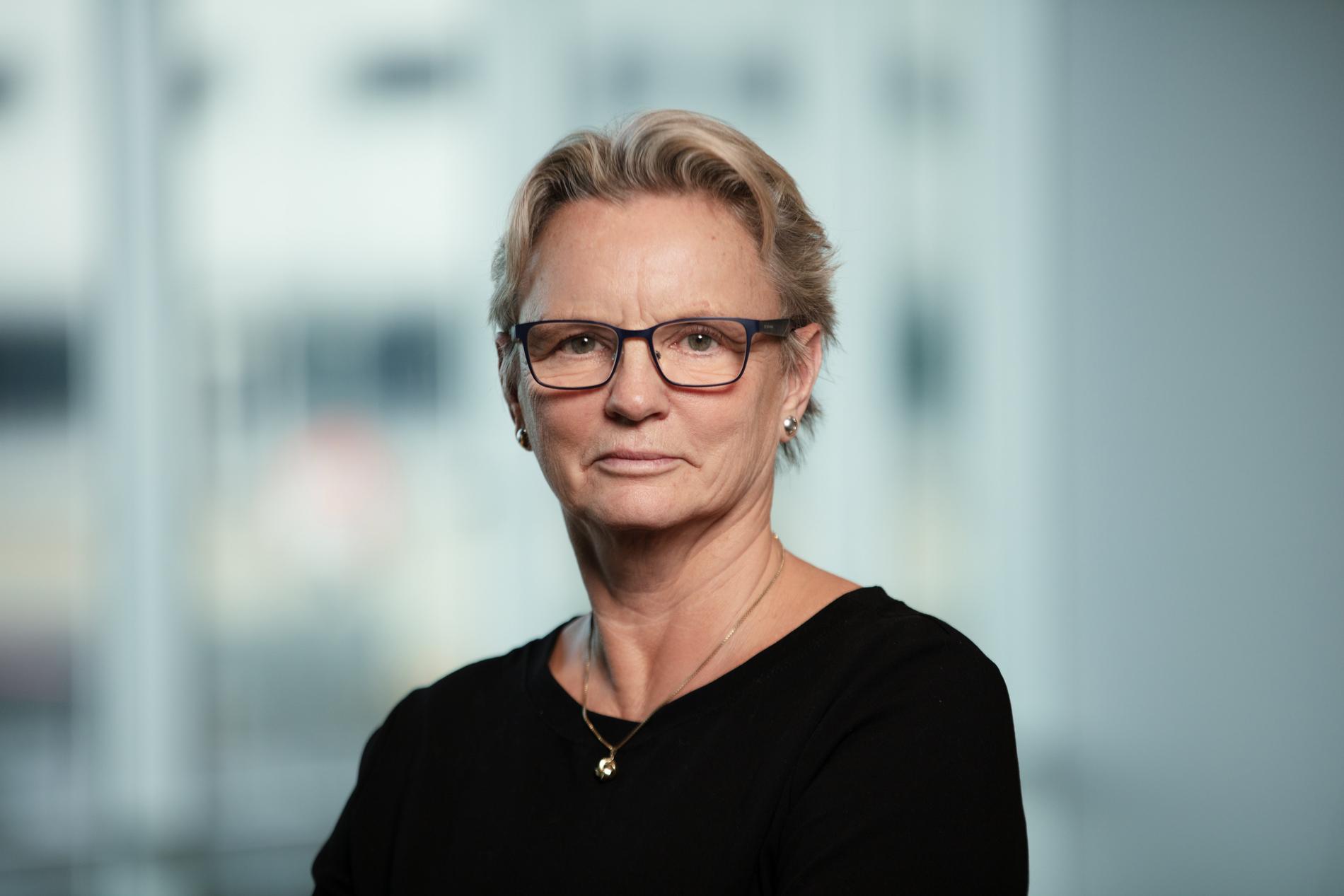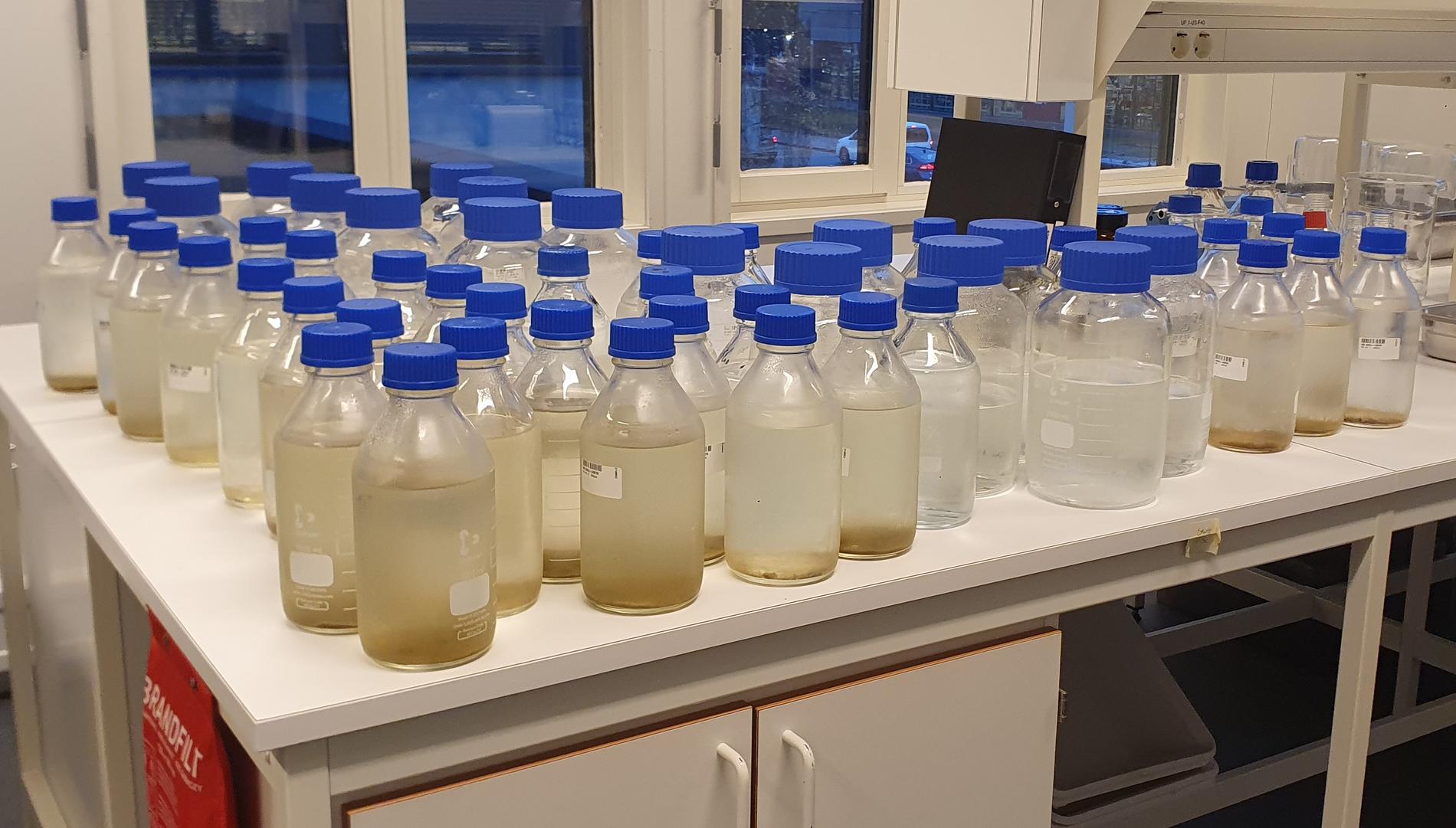Researchers find microplastics everywhere. In the air, water and breast milk of nursing mothers.
The Norwegian Environment Agency has started 2021 set up a national monitoring program for microplastics. The first results are now available and cause concern.
– We find microplastics in all the places we’ve measured. Even in areas with little human activity, says department director Marit Kjeldby in the Norwegian Environment Agency’s environmental toxins department.
They took measurements in the air and water from Skagerak to Svalbard.

You breathe it
Among the places where the researchers found the microplastic was the air above Ny-Ålesund on Svalbard.
– We humans can get it through food, drink, and in the air. Researchers are most concerned about the smallest particles. They’re more easily absorbed into the body, Kjeldby tells VG.
A total of 24 air samples were taken, including in Svalbard and southern Norway. Many of the samples contained microplastics.
– We expected to find microplastics, but not everywhere we took samples. It does not decompose and accumulate in the environment. It’s taken up by small animals and can end up in, for example, fish and eventually us humans, says Kjeldby.
The particles that were measured in the experiment range in size from five millimeters to fifty micrometers. The latter corresponds to a size of 0.05 mm.

Harmful to humans
Plastic that breaks down into microplastics is made from chemicals, and some products contain environmental toxins.
– We know that many substances in plastics have harmful effects on us humans, says Kjeldby.
Some of these substances can, for example, lead to hormonal disturbances or be carcinogenic. But for now we know too little about the effect of the spread and uptake of microplastics in animals and humans. Kjeldby points out that it’s a field we need more knowledge about.
– In animals, some experiments show that microplastics can affect growth and reproduction. In humans, the latest findings show that we find microplastics in blood and breast milk. Plastic and the substances it contains can be harmful, Kjeldby says.
It’s in new studies microplastics have been found in breast milk. It is not part of the mapping work undertaken by the Norwegian Environment Agency.
The concentration of microplastics was four times higher in the air in southern Norway than in Svalbard, according to a press release from the Norwegian Environment Agency. This is presumably due to increased precipitation and the influence of air masses from the continent.
In addition to the air samples, around 300 water samples were taken from ten areas along the coast. Among others from the Kiel ferry in the inner Oslofjord. Microplastics have been found in all different types of samples.
1 / 5
you can do it
Kjeldby says the most common way microplastics spread in Norway is from granules used on soccer fields and car tyres.
– Also, an important source of spread is the breakdown of plastic that ends up in nature. Among others from the fishing and aquaculture industry. Regulations to prevent the spread of plastics in nature have been tightened, but it is important that additional regulations are introduced.
– What can ordinary consumers do?
– Simple things. Empty plastic granules from clothes and shoes before leaving the football pitch. If you take something home with you, throw it in the residual garbage and not down the drain. Don’t throw plastic in the wild and pick it up when you see the plastic. Use products that do not contain microplastics. Swan-labelled products contain no microplastics, Kjeldby says.
It asks consumers to keep an eye out for the Nordic Ecolabel, for example on dishwashers and cosmetic products.
‒ Norway leads an ambitious coalition whose goal is to stop all plastic pollution by 2040. This requires knowledge of the sources and prevalence of plastics and effective measures throughout the lifecycle of plastics, from the design and production of plastic products, consumption , reuse and how plastic waste is managed when it becomes waste, says environment director Ellen Hambro in a news release.
UN countries work together on a goal that applies globally.
– First we have to clean our house – and do the work at home – then we have to actively contribute internationally with regulations, Marit Kjeldby tells VG.


